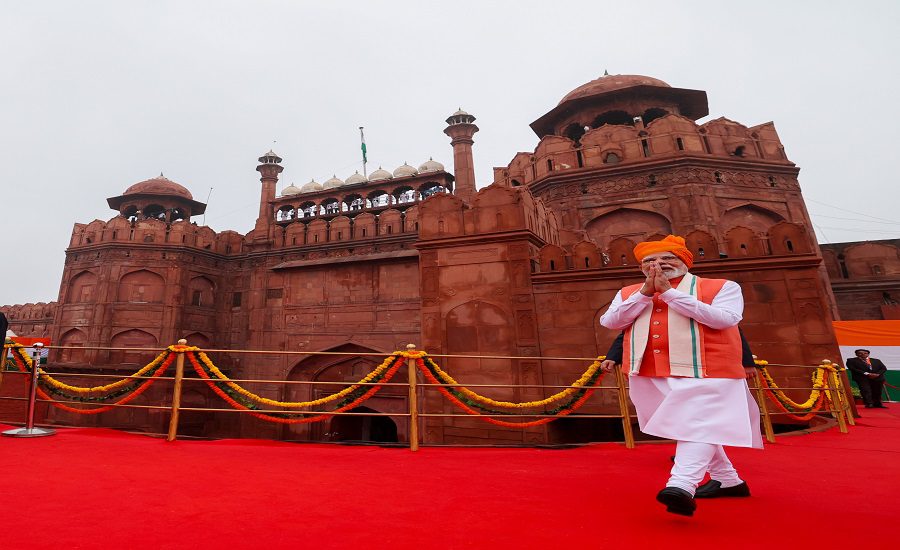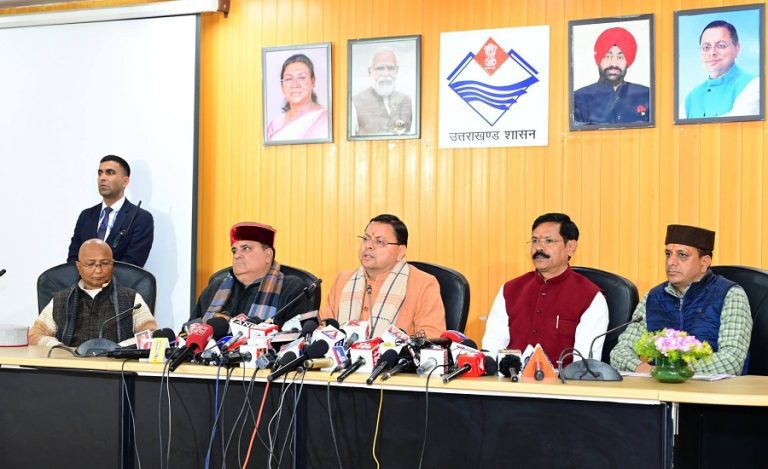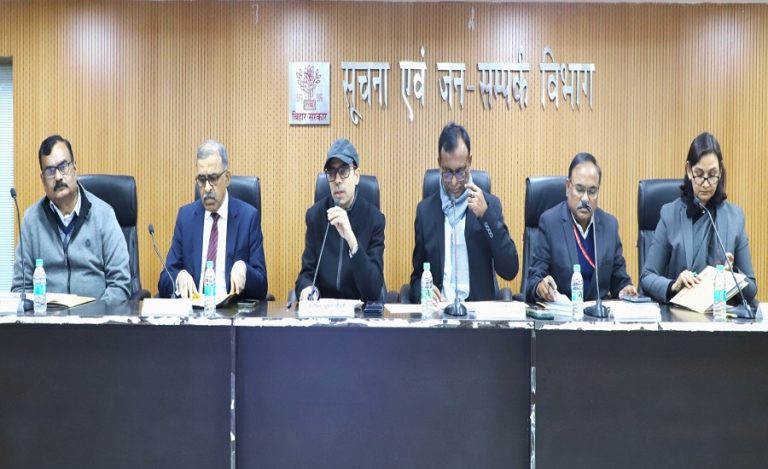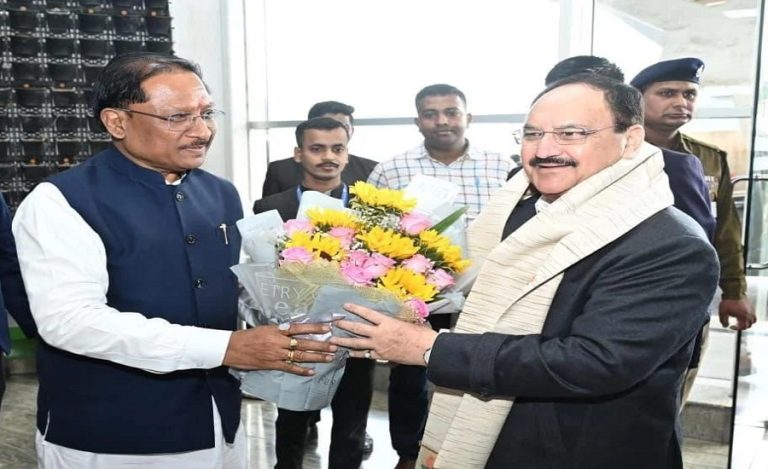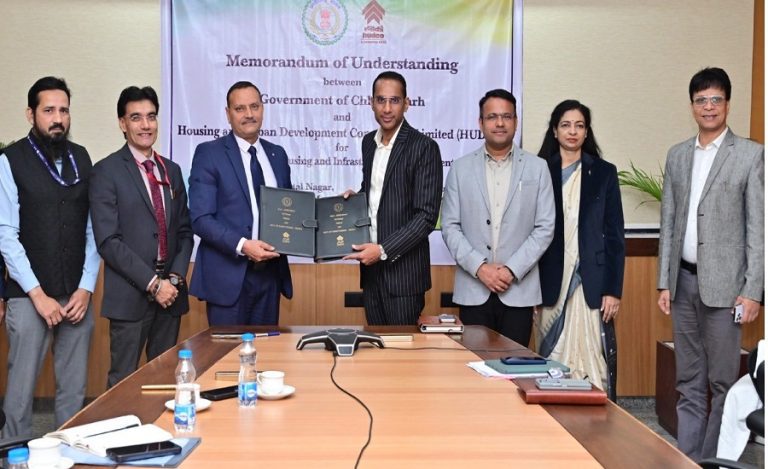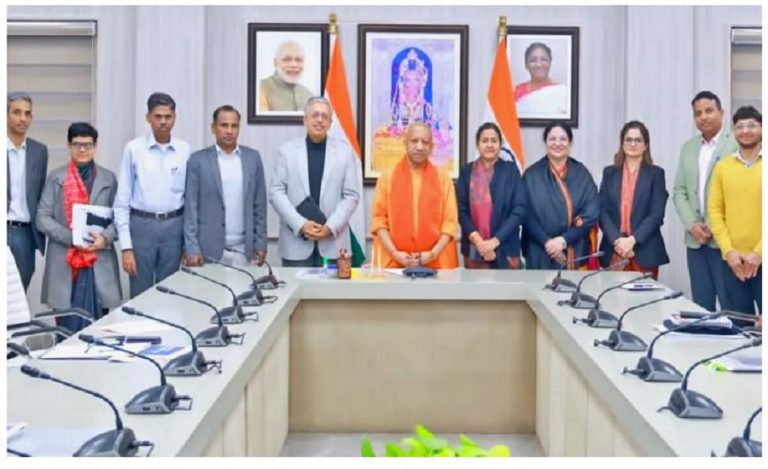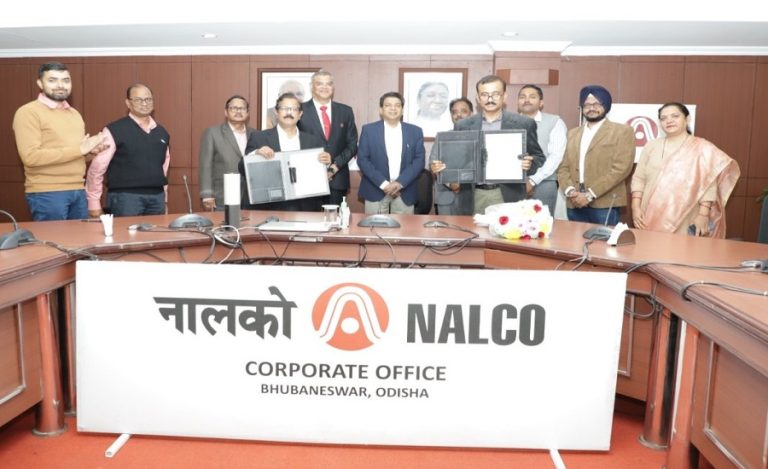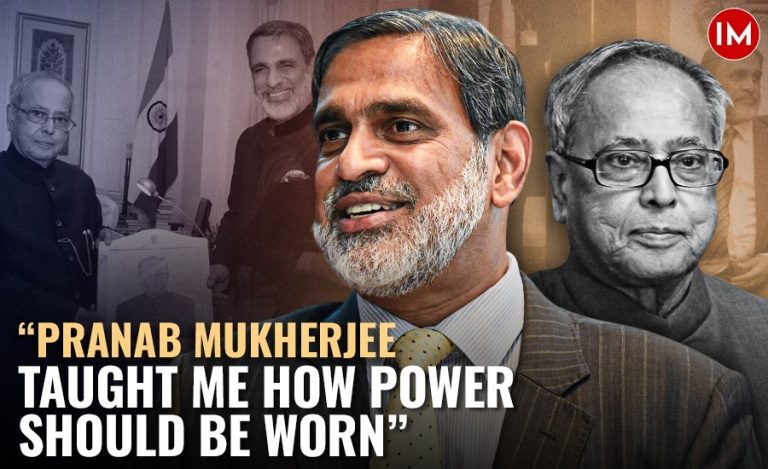New Delhi— In a bold push for military self-reliance, Prime Minister Narendra Modi on Independence Day announced the launch of a decade-long indigenous defence shield project named ‘Sudarshan Chakra’, signaling a major escalation in India’s strategy to deter external threats from Pakistan and China.
A New Age in Indian Defence Strategy
Speaking from the historic Red Fort, PM Modi stated that India will build its own advanced multi-layered defence system, one that will not just protect but strike back when needed. The project, which will run over the next 10 years, aims to create a comprehensive air and missile defence shield comparable to Israel’s Iron Dome — but with added offensive capabilities.
“India must stop relying on imported technologies for its security. The time has come to show the world the power of our own innovation,” Modi said.
The Sudarshan Chakra project, he added, will reflect not only technological strength but also cultural symbolism — drawing inspiration from the mythical weapon of Lord Vishnu known for its speed, precision, and unstoppable force.
What Will the Sudarshan Chakra Defence System Do?
Although official details are limited, the project is expected to include:
- Missile interception systems to neutralize incoming threats
- Drone detection and counter-drone capabilities
- Radar and AI surveillance infrastructure
- Automated counter-strike mechanisms
The goal is to ensure that any enemy aggression — whether from Pakistan, China, or non-state actors — is met with an immediate, effective, and indigenous response.
Strategic Timing: A Response to Recent Threats
The announcement comes just days after reports surfaced that Pakistan’s military leadership hinted at targeting key Indian assets — including Reliance’s Jamnagar refinery — in the event of conflict.
India has already flexed its military muscle earlier this year with Operation Sindoor, launched on May 7, which struck terrorist hubs in Pakistan and PoK in retaliation for a terror attack in Pahalgam on April 22. That mission successfully used BrahMos missiles and drones manufactured in Lucknow, setting a precedent for swadeshi military strength.
Focus on ‘Make in India’ for Defence
The Prime Minister also stressed the urgent need to develop fighter jet engines within India, reducing reliance on foreign suppliers for core military platforms. This echoes previous commitments under the Atmanirbhar Bharat campaign and reinforces efforts to elevate India’s private and public defence R&D ecosystem.
In recent years, India has already rolled out indigenous platforms like:
- Tejas fighter jets
- Akash missile systems
- Pinaka rocket launchers
- UAVs developed by DRDO and private firms
Bipartisan Support and Expert Reactions
The initiative drew applause from across political and defence circles. Military experts say the move is long overdue and a key step toward securing India’s place among top global military powers.
“Sudarshan Chakra will not just defend India — it will give us the power to deter, disrupt, and dominate in any regional conflict,” said defence analyst Lt. Gen. (Retd.) Rajan Sharma.
What’s Next?
The Ministry of Defence is expected to release a formal blueprint outlining stages of development, research collaborations, and funding allocation. The system is targeted for partial deployment by 2030, with full-scale operations expected by 2035.

